Should I Cycle While I Am Pregnant?
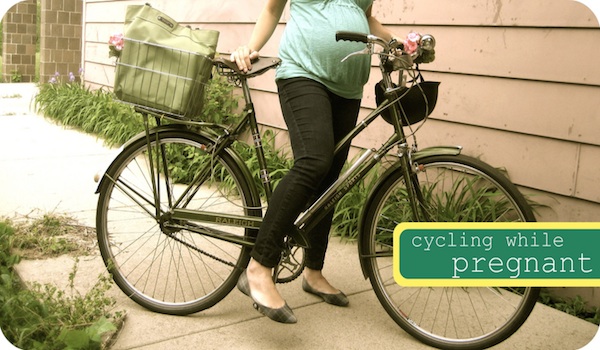 As people learn you are pregnant you will receive all kinds of advice, some good and lots bad. At the end of the day you have to do what is right for you, the golden rule: Listen To Your Body.
As people learn you are pregnant you will receive all kinds of advice, some good and lots bad. At the end of the day you have to do what is right for you, the golden rule: Listen To Your Body.
As long as you are able to stay safe, and avoid the risk of falling, then cycling can be a great exercise while pregnant.
Tips To Cycling While Pregnant
Instead of “Training” Think More “Fitness”
Your body is focused on growing a baby, it is not the time to increase training or even maintain previous training regimens; doing so will surely lead you to exhaustion and have a negative impact on the fetus. It is the time to focus on feeling happy and healthy. A general rule of thumb, bike as far as you feel like.
If you used to bike 60 miles in a day then 15 – 20 miles is reasonable. Make sure to decrease intensity along with the distance as well.
Be Careful Not To Fall
Take all the precautions you can in order to reduce the risk of falling! Mountain biking, unless on extremely flat and non-technical terrain, is not suggested especially during the first trimester as there is a higher risk of miscarriage. Road biking, commuting or riding a cruiser bike where the risk of falling is negligible is ok.
Take it slower than you are used to, unclip a second earlier than you may normally, don’t draft off anyone, stay away from the roads with the ridiculous amounts of potholes.
Listen to Your Body
Knowing when to not go for a ride or stopping early is even more important than knowing when to go for a ride. If you are exhausted or feel dizzy, or there is any other negative that is out of the norm why risk your baby for a simple ride?
Cycling Can Help With Morning Sickness
It is not a scientific fact, and each individual is different, but some women believe that cycling (or exercise in general) helps reduce morning sickness.
Bikefit While Pregnant
As your tummy grows, you will become more uncomfortable, that is just a fact; however, this is not something that needs to deter you from going for a ride. A bikefit when you are pregnant focuses on comfort first, and everything else last.
A few key areas to focus on are:
- Handle bars – raise them to get you in a more relaxed position and to reduce cramping
- New saddle – you may need a different saddle – think gel seats and wider platform
- New apparel – new shorts with added padding and larger waistline is advisable along with a new jersey.
Any Pain Stop
If there is any abnormal symptoms or pain at all stop immediately.
- Leg, chest or stomach pains
- Light headed or dizzy
- Have difficulty with balance
- Any vaginal bleeding
- Shortness of breath
- Contractions
Benefits of Cycling While Pregnant
- Reduces tiredness, pains, aches, swelling, depression, anxiety, stress and insomnia.
- Makes you feel better about the changes that are happening in your body.
- Helps maintain a healthy body weight.
- Better prepares the body for the demands of labour.
- More likely to have a positive effect on overall mood.
Cycling in the Different Trimesters
First Trimester
During the first trimester you are likely very tired as you expend a lot of your energy into growing placenta. Try to go for a ride in the morning when you are likely more energetic, avoid long rides and know when to skip a day if you are exhausted.
The fetus is delicately attached to the womb, any violent falls would put your baby at great risk. You don’t want to fall at any time during the pregnancy; however, the first trimester is when you are at the highest risk of miscarriage. Follow the advice listed above that much more delicately.
Second Trimester
You may have more energy in the second trimester, but make sure not to exhaust yourself by riding too much.
Third Trimester
As you grow bigger, your organs will start to get compressed. Shortness of breath will be common, but make sure it does not get extreme. You will continually become more uncomfortable on (and off) the bike. A bikefit that is focused on comfort while you are pregnant is a must.
What Doctors Say
There are benefits to cycling while pregnant including: reducing tiredness, pains, aches, swelling, depression, anxiety, stress and insomnia. Major risks to reduce to ensure the fetus becomes a happy and healthy baby is that you take every care to reduce falling as well as to hydrate properly and not overheat. Reducing major stresses on your body should be your number one priority. If you experience any major dizziness, pain, shortness of breath or bleeding stop and consult a medical physician immediately.
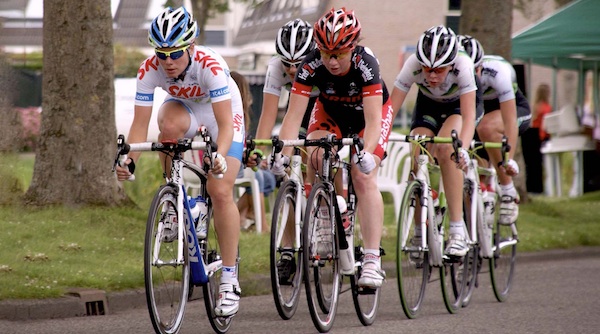 When you are out in the middle of nowhere and have exhausted all of your tubes, traffic can be a life saver to get you home. When you’re not in the middle of nowhere and there is traffic, it can be a pain that detracts from the joy of riding. The thing with most drivers is that they are just trying to get from point A to point B. They’re not out to hit you or give you a hard time. If you give them the proper visibility and space, they will avoid you and let you go on your way safely. A smaller percentage of drivers believe that the road is for them and them only. You are in their way no matter what and they are going to give you a hard time at any chance they get. It’s not you, it’s them. Knowing how avoid conflict as well as what to do if there is a problem will allow you to keep your cool in the heat of the moment.
When you are out in the middle of nowhere and have exhausted all of your tubes, traffic can be a life saver to get you home. When you’re not in the middle of nowhere and there is traffic, it can be a pain that detracts from the joy of riding. The thing with most drivers is that they are just trying to get from point A to point B. They’re not out to hit you or give you a hard time. If you give them the proper visibility and space, they will avoid you and let you go on your way safely. A smaller percentage of drivers believe that the road is for them and them only. You are in their way no matter what and they are going to give you a hard time at any chance they get. It’s not you, it’s them. Knowing how avoid conflict as well as what to do if there is a problem will allow you to keep your cool in the heat of the moment.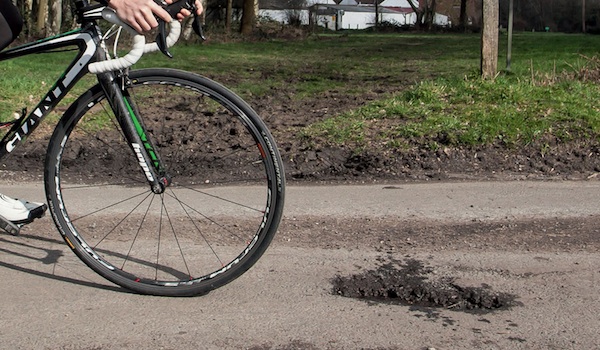 Road riding compared to mountain biking or gravel road riding can be smooth and straight forward; so much so you could practically take a nap sometimes. However, in most parts of the country, roads can take a beating and be rough and full of potholes. If they are smooth you still have to watch out for things like manhole covers and railroad tracks. Knowing what to do when you encounter these will save more than just your skin. You not only need to know what to do but also be able to react to the hazard without even thinking about it so practice is necessary.
Road riding compared to mountain biking or gravel road riding can be smooth and straight forward; so much so you could practically take a nap sometimes. However, in most parts of the country, roads can take a beating and be rough and full of potholes. If they are smooth you still have to watch out for things like manhole covers and railroad tracks. Knowing what to do when you encounter these will save more than just your skin. You not only need to know what to do but also be able to react to the hazard without even thinking about it so practice is necessary.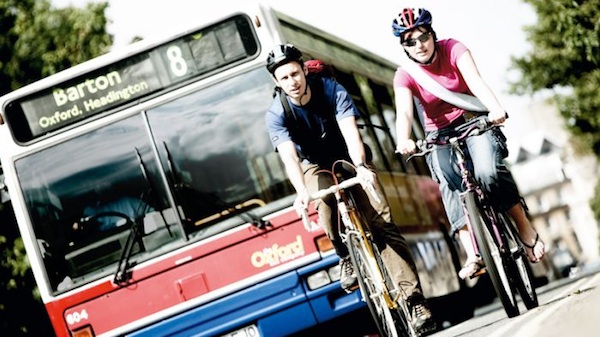 Riding trails and empty roads endlessly on bikes is every riders dream but not all of us have that luxury. We may have to ride in traffic on commutes, to get to the good roads or trails, or roads that have traffic are all that are available to ride close by. Knowing the rules, knowing the techniques and practice will help save your life but will also allow you to be more relaxed and not despise any part of your ride.
Riding trails and empty roads endlessly on bikes is every riders dream but not all of us have that luxury. We may have to ride in traffic on commutes, to get to the good roads or trails, or roads that have traffic are all that are available to ride close by. Knowing the rules, knowing the techniques and practice will help save your life but will also allow you to be more relaxed and not despise any part of your ride.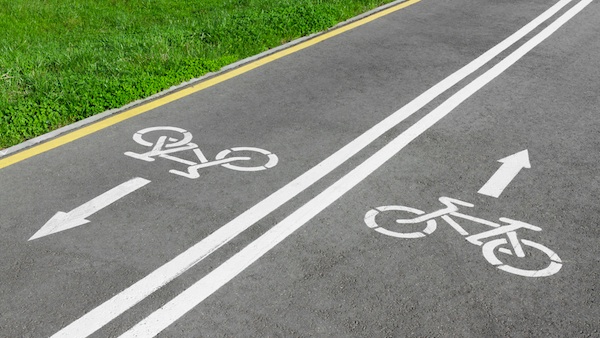
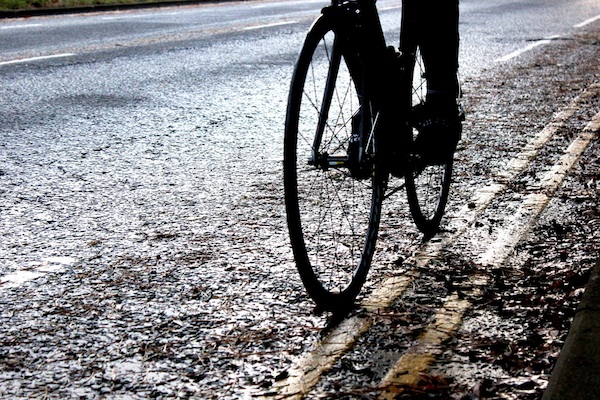 Road conditions are a huge problem with spring riding. During the winter, a ton of grit and salt gets dumped on roads to keep them grippy and snow-free, and, come spring time, all of that stuff ends up in one place – the shoulder where you want to ride. Spring is also pothole season, as water seeps into cracks in the road and freezes overnight, threatening to open up holes the size of the Grand Canyon in your favorite roads. There are a few easy things you can do to beat these obstacles and have a safe and enjoyable spring riding season.
Road conditions are a huge problem with spring riding. During the winter, a ton of grit and salt gets dumped on roads to keep them grippy and snow-free, and, come spring time, all of that stuff ends up in one place – the shoulder where you want to ride. Spring is also pothole season, as water seeps into cracks in the road and freezes overnight, threatening to open up holes the size of the Grand Canyon in your favorite roads. There are a few easy things you can do to beat these obstacles and have a safe and enjoyable spring riding season.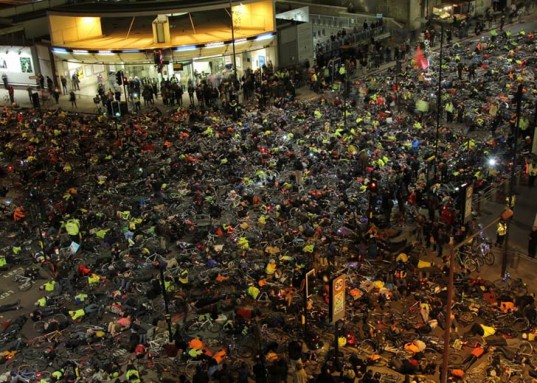
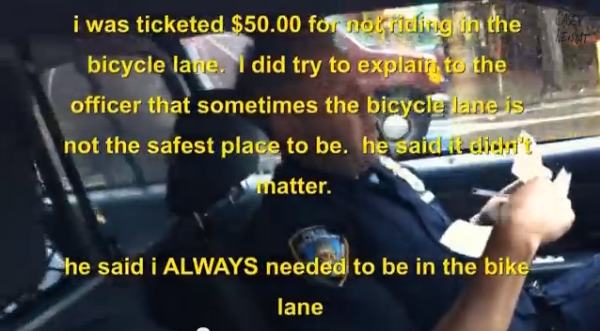
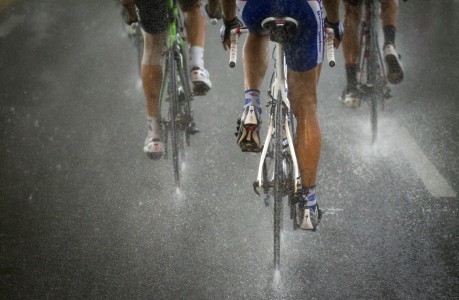 Braking on wet surfaces is much more dangerous than braking on dry surfaces and requires a bit of practice and skill. Most of your braking power is still in your front brake; however, apply to much pressure and you are sure to have a front wheel slip out. It is important to get a “feel” for your bike and know how much brake to apply front AND back. On wet surfaces I apply a little more even braking; approximately 60% front brake and 40% back brake depending on the conditions. The dryer the surface the more front brake you can apply.
Braking on wet surfaces is much more dangerous than braking on dry surfaces and requires a bit of practice and skill. Most of your braking power is still in your front brake; however, apply to much pressure and you are sure to have a front wheel slip out. It is important to get a “feel” for your bike and know how much brake to apply front AND back. On wet surfaces I apply a little more even braking; approximately 60% front brake and 40% back brake depending on the conditions. The dryer the surface the more front brake you can apply.